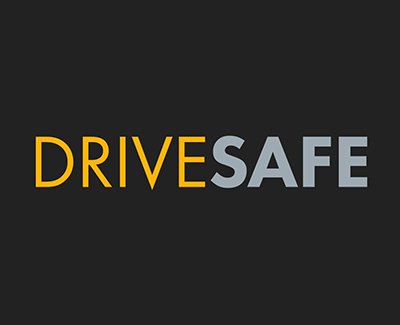Many smaller to mid-size vehicles operate as an AWD vehicle. These are either permanently in AWD or engage automatically when slip is detected at a road wheel, on a gravel roadway, or any slippery surface.
Going Up Ski Roads
Most ski slopes are high in the mountains. Many kilometres on steep grades will be driven to climb to your ski destination.
When vehicles are taken up a ski road - select a low gear and maintain engine revs above 2,000 rpm. This will give you best control without overloading or overheating the engine or transmission.
Going Down Ski Roads
The same steep ski road will be attacked in a similar manner when descending. For your safety, slower and controlled descent is best.
Before descending - select a lower gear. Once moving, 1st gear or 2nd, will assist in holding back the vehicle in most cases without using your brakes. Only use brakes gently and as necessary. Too much use of the brakes for a long duration can cause overheating and brake fade. AVOID overuse at all times.
Use And Selection Of 4 Wheel Drive (4WD) In A 4X4 Vehicle
(typically known as an SUV - Sports Utility Vehicle)
Earlier model 4x4 vehicles normally operate in two-wheel drive (2WD) when used for road use. This is either by driving through the front wheels or the rear wheels only. Be sure you know what your vehicle is operating in when in 2WD.
Selection of 4WD can be by a manual gear shift and quite often you are given the option of Hi or Low Ratio, commonly known as Lo box – (which is another gearbox called a transfer box giving you more lower ratio gears).
To select 4 wheel drive check out the smaller gear lever for the manual gearbox and for some automatics. There are usually three identifying positions for the smaller gear lever:
2H – indicates 2 wheel drive in High ratio (2 wheel drive for open road use)
4H – indicates 4 wheel drive in High ratio (4 wheel drive for open road use or on flat easy driving terrain)
4L – indicates 4 wheel drive in Low ratio
4H and 4L are operated through what is called a transfer box
High ratio should only be used in your 4WD vehicle for gravel and slippery (snow and ice covered roads). Low ratio is more for hilly, undulating, high altitude, hill climbing, hill descending and for going over rough terrain at low speeds. 4L will allow you to drive at speeds up to 40 - kph
On Ski Access Roads
4L is normally selected where snow chain fitting is recommended.
4L gives you the same number of gears (in both manual and auto) but at a low ratio and gives the vehicle better pulling power to climb hills (ski roads) without too much overloading on the engine and overheating. Select a suitable gear once you are rolling and hold this gear to maintain consistent speed and control while traveling up a ski road or any steep incline. Alternatively, there may be a button on the main gear select lever which will engage 4wd through its transfer box.
Note:
Lo Ratio gearboxes allow a larger choice of more powerful gears which you will need as you climb high roads. As you climb the engine will lose power due to a higher altitude and thinning of the air.
Descending Ski Roads (High or Steep Mountain Roads)
Select 4L and once the vehicle is moving select a suitable gear to hold back the vehicle using engine braking - without having to use the brakes. Only use your brakes as necessary. You may find 2nd or 3rd gear in Low Ratio will suit best for descending.
More modern vehicles may have the 4WD selection on the dash panel or on the gear lever.
Here 4WD is generally selected with the assistance of vacuum or electrical control unit. Here you may also have the choice of Hi and Low Ratio.
Removal Of 4WD HI And LO Selection
In most cases, this will be done as you slow or have stopped. Make sure the 4WD hire vehicle is not turning and is traveling straight forward as it may be difficult to release 4WD. You may find it necessary on some vehicles to reverse a little to help free the 4WD engagement.
Under no circumstances should you drive in 4WD on a dry tar sealed or concrete roadway.
Releasing 4WD must occur on gravel or wet, slippery surface.
Contact us if you have any questions.

